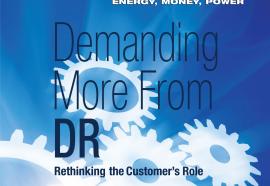Presumed Power
Growing gas storage depends on fair regulatory treatment.
FERC’s final rule authorizing new natural gas storage facilities seems to presume market power for pipelines and new storage. FERC should consider changing that presumption to more accurately reflect Congress’s intent in EPAct 2005.







